Published January 2021
This is a feature from issue 3 of Charitable Traveller. Click to read more from this issue.
It used to be easy to spot animal cruelty – big cats in tiny cages, skinny and overloaded donkeys, or heavily chained bears being forced to dance – those awful situations still occur, but today it’s not uncommon for cruelty or unethical animal practices to be disguised as kindness, conservation, or a ‘must-do’ cultural experience – from cuddling an orphaned monkey to eating turtle soup.
I’ve always loved animals, so as a naïve backpacker in my early 20’s, I was drawn to animal-related experiences. Mostly this involved ethical activities like safaris, and I studiously avoided performing and captive animals, but I did engage in one activity I am now ashamed of, which was elephant riding.
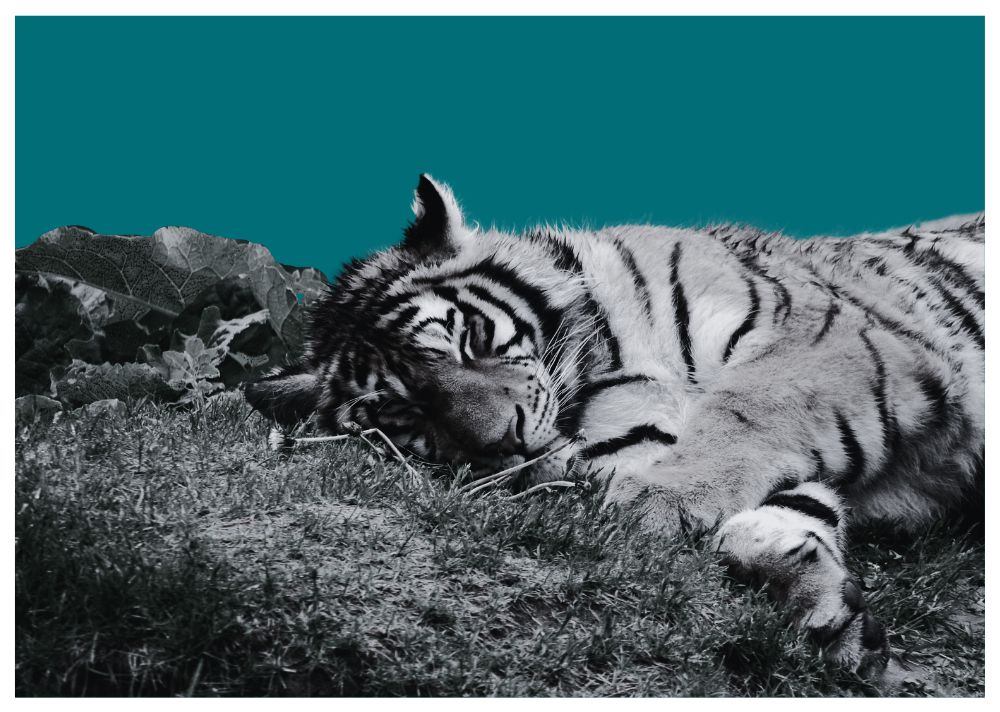
I remember wondering if it was ethical but the elephants didn’t appear in distress or have any obvious wounds. I felt uneasy when I saw that the elephant handlers had sticks but they didn’t use them and I was convinced to go ahead, by a combination of peer pressure, my desire for an exotic and novel experience and my eagerness to be culturally sensitive. After all, wasn’t it just the Indian equivalent of riding a horse, and who was I to say that our way was OK but theirs was inappropriate?
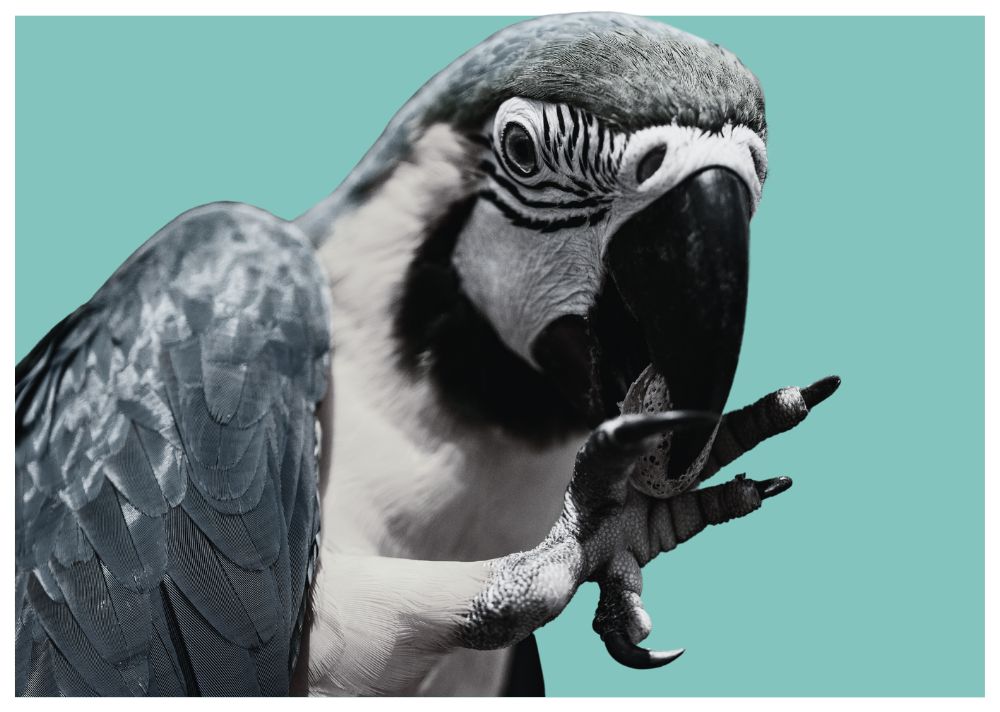
I now know that what I did was wrong and that those sticks were indeed, sinister. The elephant had almost certainly been subjected to a traumatic training method known as ‘the crush’. This, according to the charity Animal Asia, involves separating young elephant calves from their mother and beating them into submission. As elephants have long memories this is often sufficient, but a stick is a visceral reminder.
Thailand is home to three-quarters of Asia’s captive elephants but many tourists are now wise to the cruelty of elephant riding. Instead, they visit sanctuaries where you can bathe and feed elephants, some of whom have been rescued from the tourism or logging industries.
However, World Animal Protection’s latest report – ‘Elephants. Not Commodities’ – notes a 70% increase in the number of Thailand’s captive elephants in the last 10 years, showing that even ethical venues could be a part of the problem.
Adopt to help
Adopt an animal with International Animal Rescue – an Indonesian slow loris, an Armenian bear – and help contribute to this charity’s rescue and rehabilitation programme.

World Animal Protection’s study shows a rising scale for elephant welfare which is poorest for those in shows and being ridden, higher for those at bathing attractions but best in observation-only venues. The charity’s Global Head of Wildlife, Audrey Mealia, says it straight: “It’s not just riding and circus-style shows that involve suffering – it’s the bathing and selfie opportunities that you might find at so-called sanctuaries, orphanages or rescue centres.”
However, as usual, the issue isn’t black and white. There are venues that are saving animals from cruelty, they may rely on tourism to do their work and across the whole industry are millions of humans who rely on animal tourism to make a living.
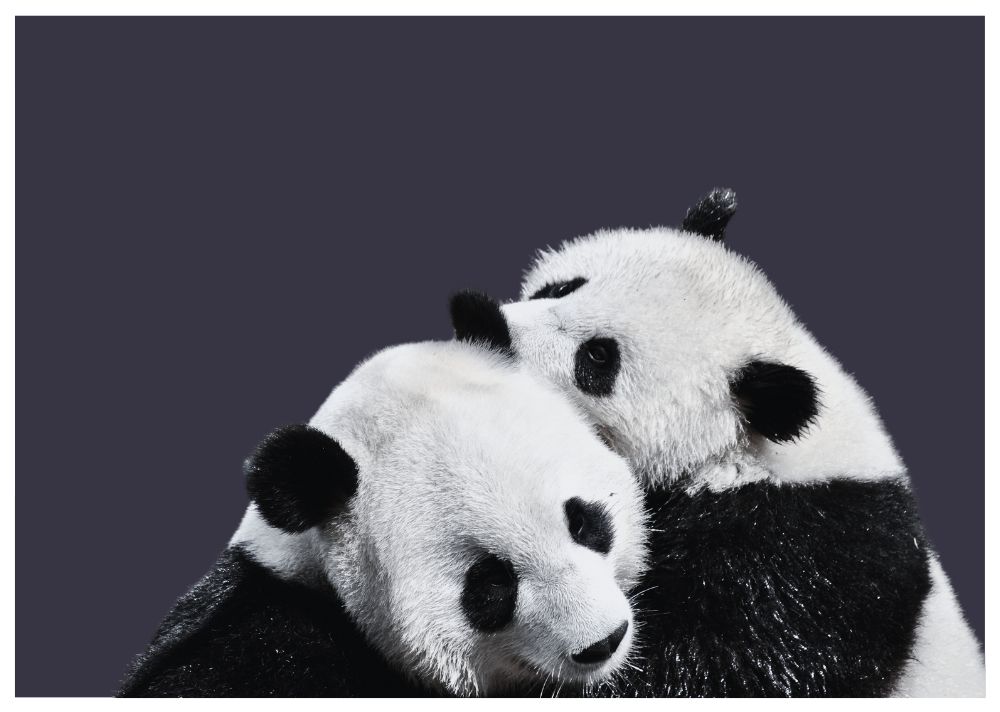
World Animal Protection advises you to investigate animal attractions you intend to visit beforehand, ask your tour operator or tour guide if they have an animal welfare policy and make it clear what is unacceptable.
Don’t support any shows or attractions which use animals for entertainment. Four Paws says that if you can hug, ride, touch or take a photo with a wild animal it has probably suffered some kind of cruelty to make that possible. If you’re not sure, ask questions.
Is there adequate space for the animals to move, climb, bathe, swim or fly? Do they have shade or shelter and water to drink? Is the enclosure clean and well-maintained or does it contain litter, a build-up of faeces or rotting food? Visitors should not be able to touch or torment animals.
There are signs of cruelty or negligent care, such as being de-clawed or having missing teeth, being overly thin or fat, having sores or wounds or displaying repetitive behaviours. Born Free asks: “Are animals displaying strange, unnatural behaviours, such as constant pacing and circling, bobbing of heads, neck-twisting and swaying?”
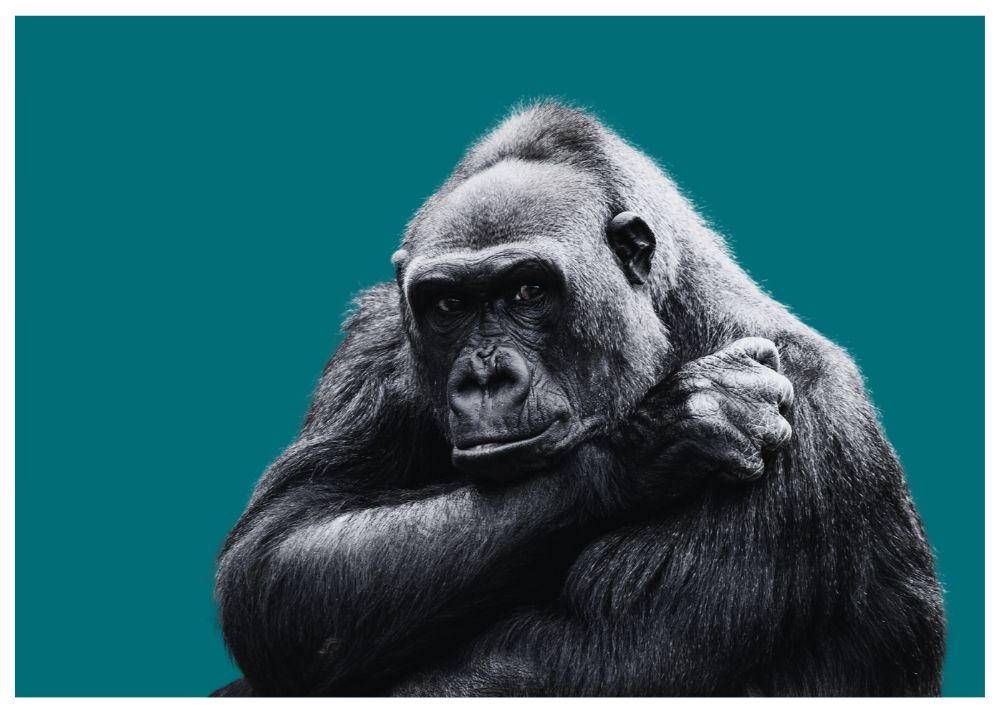
Brooke, a charity dedicated to helping working horses and donkeys, advises to check places where equipment could rub such as the mouth, shoulders, spine and belly and as wounds might be hidden under a saddle or harness, ask to see if you’re concerned. It says: “A healthy animal will have a high head position, with eyes open and ears forward. It will also stand evenly, so look at all four legs for signs of pain or injury and check for cracked or misshapen hooves.”
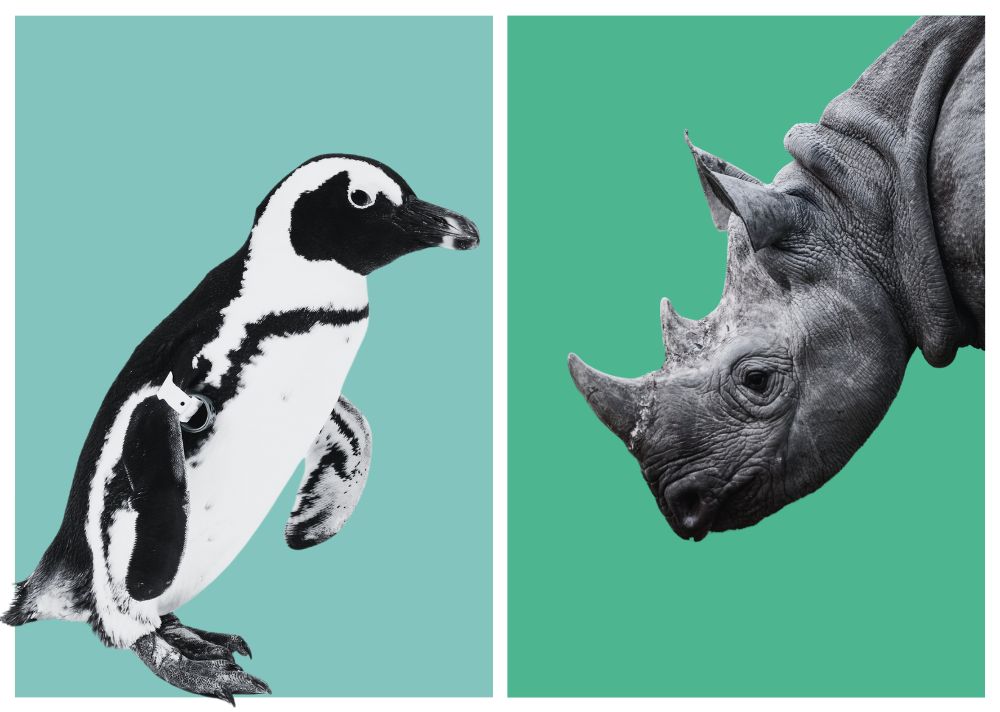
Don’t be afraid to calmly point out bad practices when you see them and report them. Born Free’s Raise the Red Flag initiative encourages people to report any venues they think are causing suffering to animals and it has a map which shows what places have already been flagged and/or investigated. You can also complain to your tour guide, hotel or tour operator – or even write to the tourist board.
When you’re trying exotic local foods, check if the animal is rare or endangered. Think before you try or buy. What may be a local delicacy may drive demand for illegal trade in wildlife and culture is not an excuse for cruelty.
If you see shark fin soup on the menu, politely tell the owner that you are leaving and why. If a shop is selling products which you know are associated with animal cruelty, calmly tell the owner why you won’t be buying anything from them before you leave.
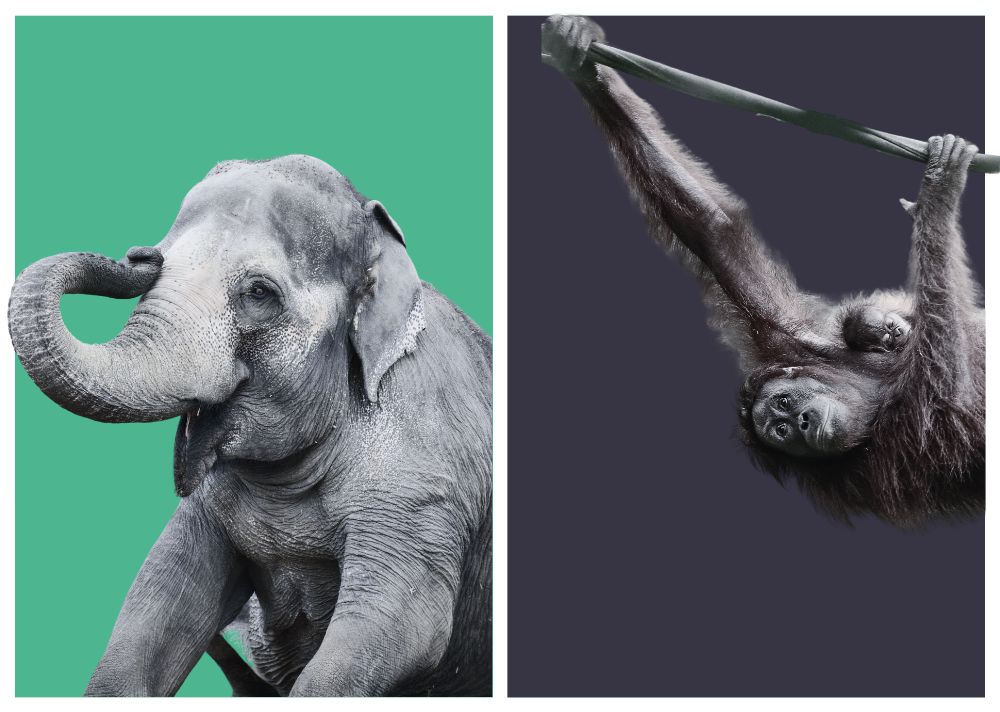
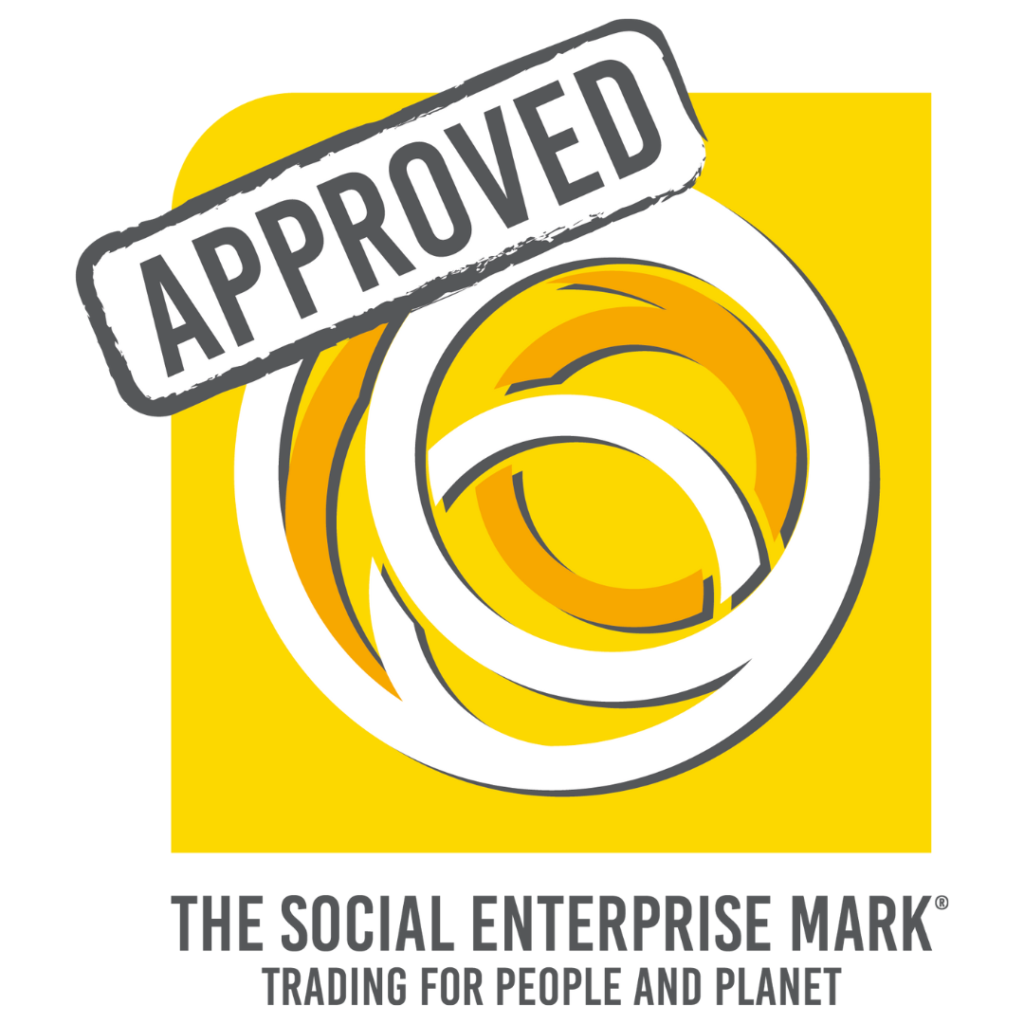


Fundraising Futures Community Interest Company, Contingent Works, Broadway Buildings,
Elmfield Road, Bromley, Kent,
BR1 1LW. England
Putting our profit to work supporting the work of charitable causes



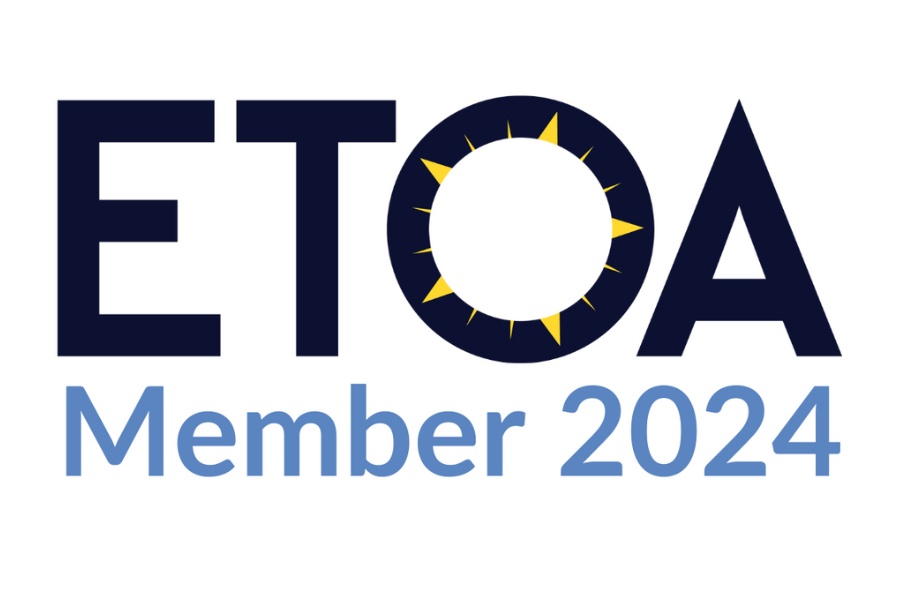
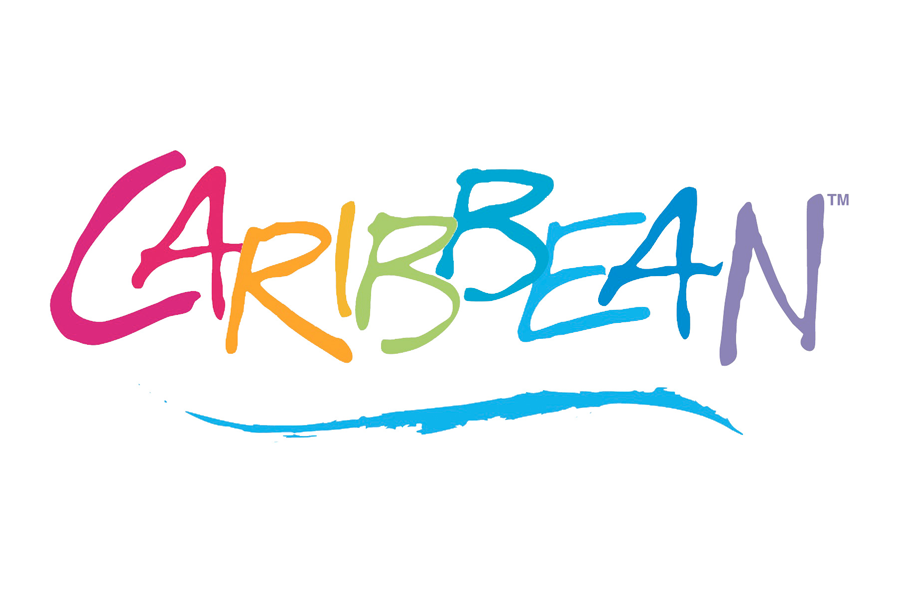
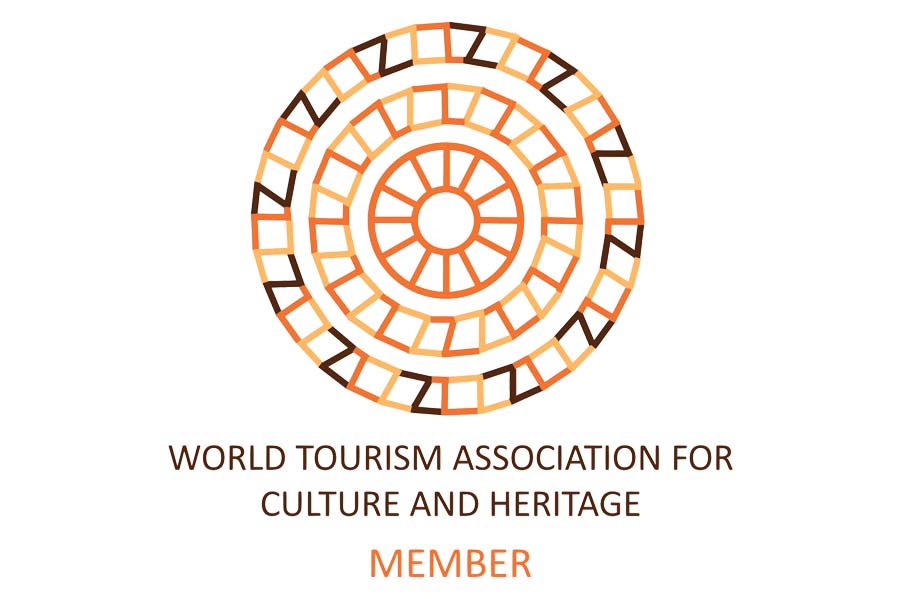
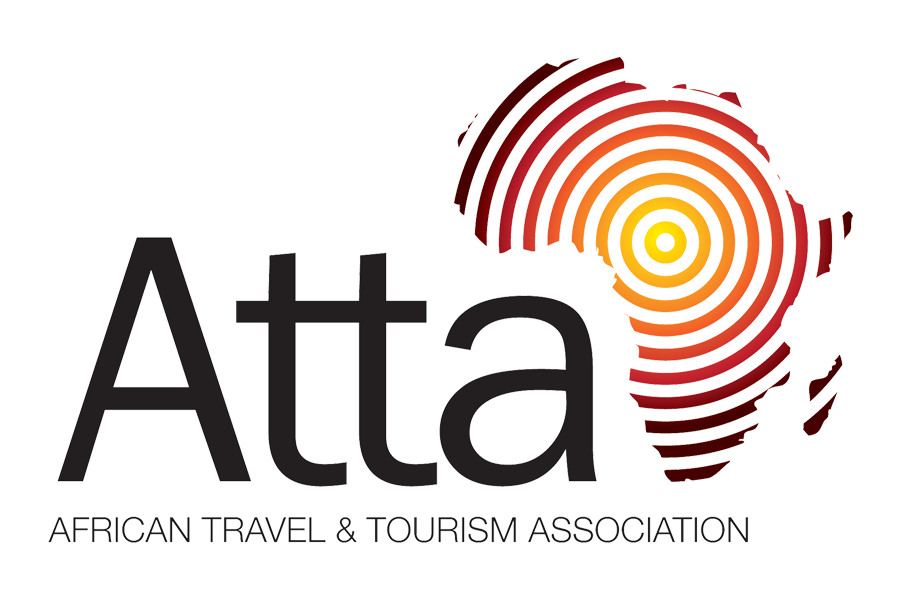

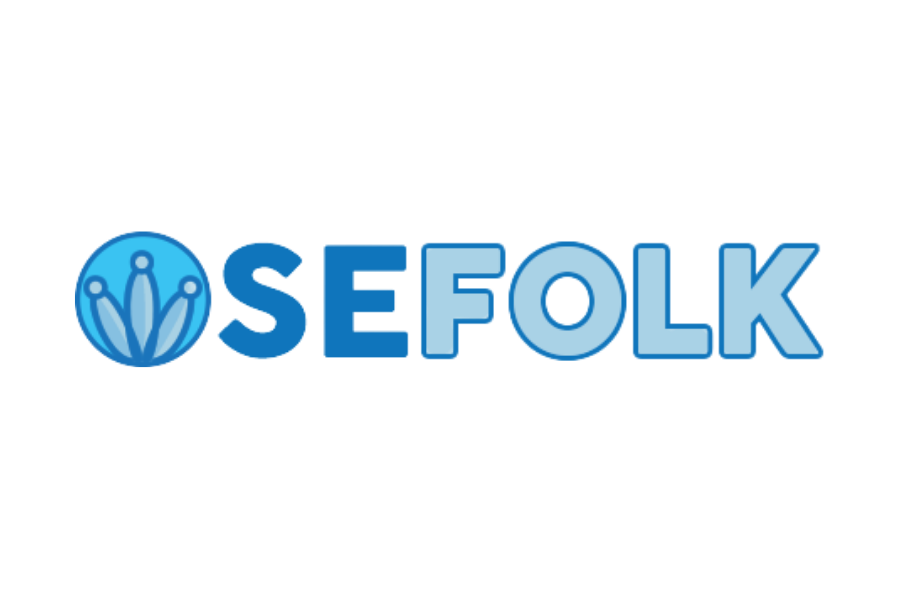


For the latest travel advice, including security, local laws and passports, visit the Foreign & Commonwealth Office website.
© 2024 All rights reserved
Made with 
| Cookie | Duration | Description |
|---|---|---|
| AWSELB | session | Associated with Amazon Web Services and created by Elastic Load Balancing, AWSELB cookie is used to manage sticky sessions across production servers. |
| cookielawinfo-checkbox-advertisement | 1 year | Set by the GDPR Cookie Consent plugin, this cookie is used to record the user consent for the cookies in the "Advertisement" category . |
| cookielawinfo-checkbox-analytics | 11 months | This cookie is set by GDPR Cookie Consent plugin. The cookie is used to store the user consent for the cookies in the category "Analytics". |
| cookielawinfo-checkbox-functional | 11 months | The cookie is set by GDPR cookie consent to record the user consent for the cookies in the category "Functional". |
| cookielawinfo-checkbox-necessary | 11 months | This cookie is set by GDPR Cookie Consent plugin. The cookies is used to store the user consent for the cookies in the category "Necessary". |
| cookielawinfo-checkbox-others | 11 months | This cookie is set by GDPR Cookie Consent plugin. The cookie is used to store the user consent for the cookies in the category "Other. |
| cookielawinfo-checkbox-performance | 11 months | This cookie is set by GDPR Cookie Consent plugin. The cookie is used to store the user consent for the cookies in the category "Performance". |
| elementor | never | This cookie is used by the website's WordPress theme. It allows the website owner to implement or change the website's content in real-time. |
| JSESSIONID | session | Used by sites written in JSP. General purpose platform session cookies that are used to maintain users' state across page requests. |
| viewed_cookie_policy | 11 months | The cookie is set by the GDPR Cookie Consent plugin and is used to store whether or not user has consented to the use of cookies. It does not store any personal data. |
| Cookie | Duration | Description |
|---|---|---|
| __lc_cid | 2 years | This is an essential cookie for the website live chat box to function properly. |
| __lc_cst | 2 years | This cookie is used for the website live chat box to function properly. |
| __oauth_redirect_detector | past | This cookie is used to recognize the visitors using live chat at different times inorder to optimize the chat-box functionality. |
| aka_debug | session | Vimeo sets this cookie which is essential for the website to play video functionality. |
| player | 1 year | Vimeo uses this cookie to save the user's preferences when playing embedded videos from Vimeo. |
| Cookie | Duration | Description |
|---|---|---|
| AWSELBCORS | 6 minutes | This cookie is used by Elastic Load Balancing from Amazon Web Services to effectively balance load on the servers. |
| Cookie | Duration | Description |
|---|---|---|
| _ga | 2 years | The _ga cookie, installed by Google Analytics, calculates visitor, session and campaign data and also keeps track of site usage for the site's analytics report. The cookie stores information anonymously and assigns a randomly generated number to recognize unique visitors. |
| _gat_gtag_UA_164521185_1 | 1 minute | This cookie is set by Google and is used to distinguish users. |
| _gid | 1 day | Installed by Google Analytics, _gid cookie stores information on how visitors use a website, while also creating an analytics report of the website's performance. Some of the data that are collected include the number of visitors, their source, and the pages they visit anonymously. |
| _hjAbsoluteSessionInProgress | 30 minutes | No description available. |
| _hjFirstSeen | 30 minutes | This is set by Hotjar to identify a new user’s first session. It stores a true/false value, indicating whether this was the first time Hotjar saw this user. It is used by Recording filters to identify new user sessions. |
| _hjid | 1 year | This is a Hotjar cookie that is set when the customer first lands on a page using the Hotjar script. |
| _hjIncludedInPageviewSample | 2 minutes | No description available. |
| CONSENT | 16 years 3 months 16 days 17 hours 23 minutes | These cookies are set via embedded youtube-videos. They register anonymous statistical data on for example how many times the video is displayed and what settings are used for playback.No sensitive data is collected unless you log in to your google account, in that case your choices are linked with your account, for example if you click “like” on a video. |
| iutk | 5 months 27 days | This cookie is used by Issuu analytic system. The cookies is used to gather information regarding visitor activity on Issuu products. |
| vuid | 2 years | Vimeo installs this cookie to collect tracking information by setting a unique ID to embed videos to the website. |
| Cookie | Duration | Description |
|---|---|---|
| IDE | 1 year 24 days | Google DoubleClick IDE cookies are used to store information about how the user uses the website to present them with relevant ads and according to the user profile. |
| mc | 1 year 1 month | Quantserve sets the mc cookie to anonymously track user behaviour on the website. |
| NID | 6 months | NID cookie, set by Google, is used for advertising purposes; to limit the number of times the user sees an ad, to mute unwanted ads, and to measure the effectiveness of ads. |
| test_cookie | 15 minutes | The test_cookie is set by doubleclick.net and is used to determine if the user's browser supports cookies. |
| VISITOR_INFO1_LIVE | 5 months 27 days | A cookie set by YouTube to measure bandwidth that determines whether the user gets the new or old player interface. |
| YSC | session | YSC cookie is set by Youtube and is used to track the views of embedded videos on Youtube pages. |